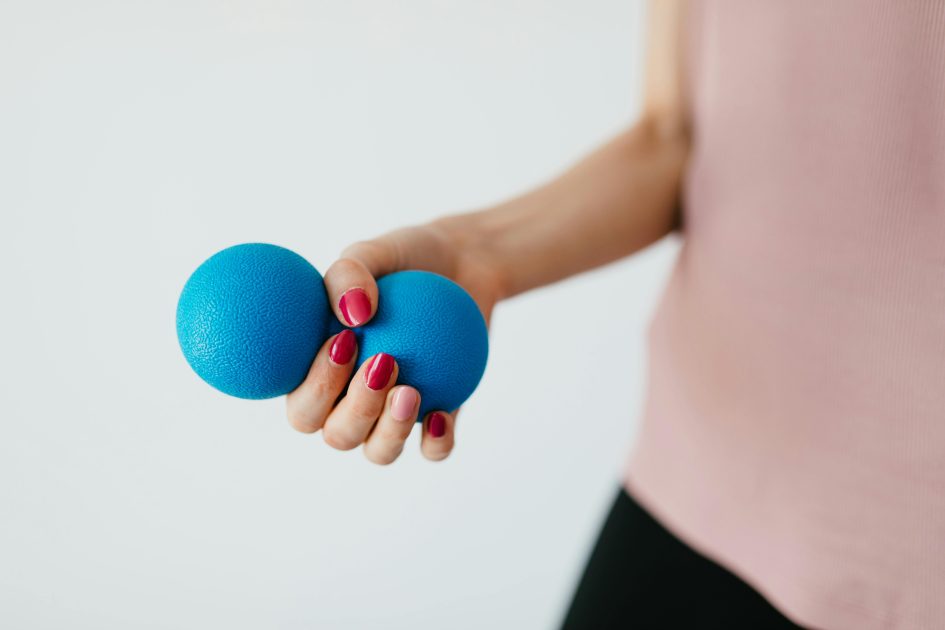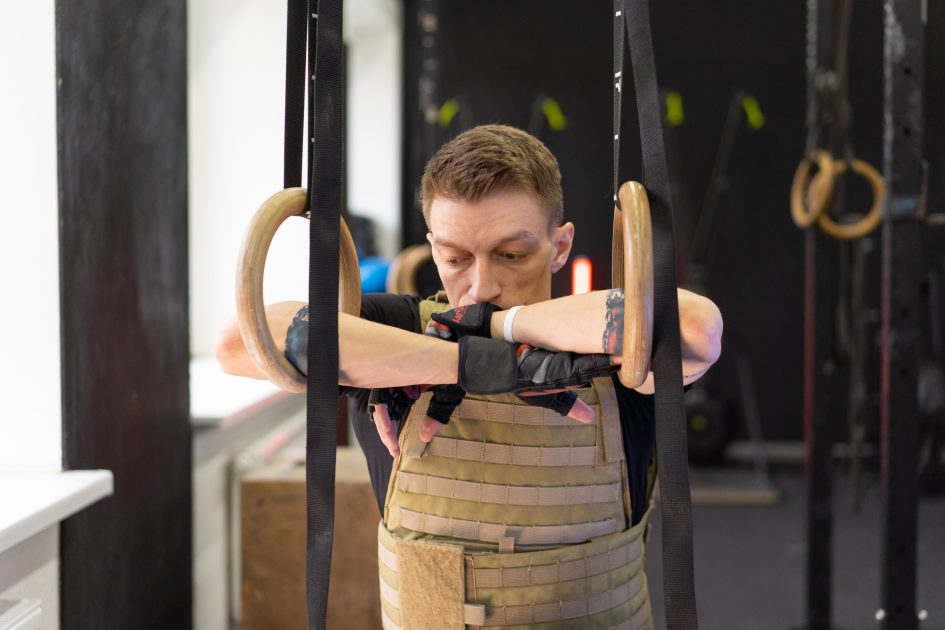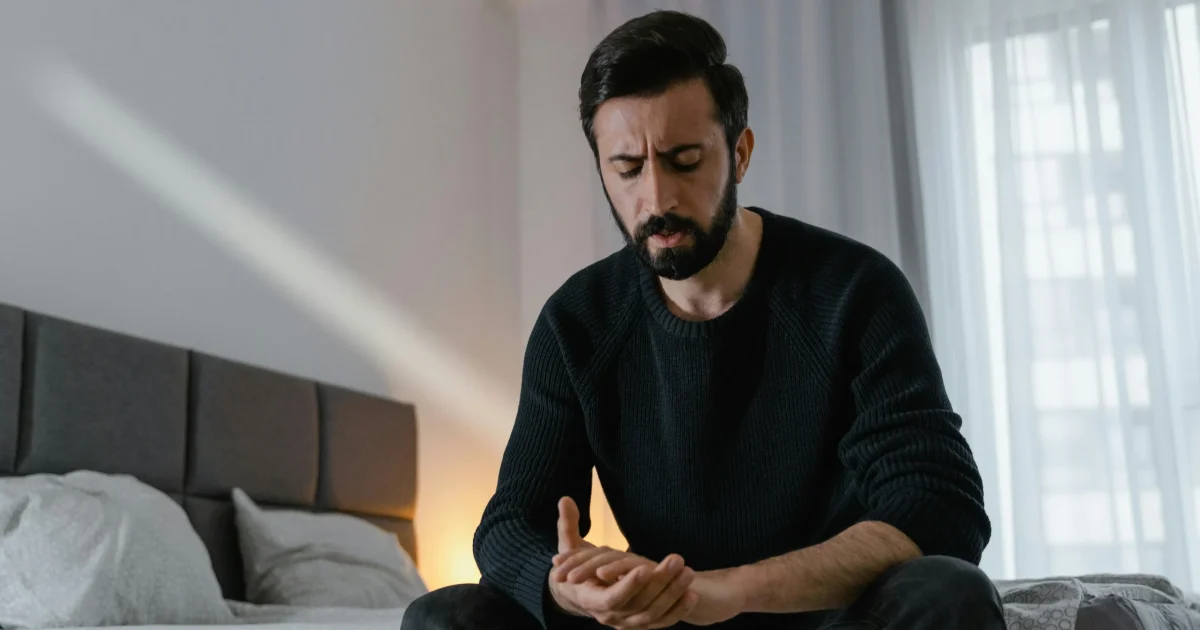One of the goals of a balanced lifestyle is to stay healthy. We all want to be healthy. This fitness does not mean only physical fitness; body and mind are our proper health. Wellness is the well-planned and conscious process of living a healthy and fulfilling life. That is, an individual’s deliberate pattern of behavior leads him to a healthy lifestyle. These include healthy habits such as adequate sleep and rest, productivity, exercise, participation in meaningful activities, nutrition, productivity, social interaction, and a balance of supportive relationships (Johnson, 1986; Swarbrick, 1997).
balanced lifestyles Meaning
Maintaining an overall balanced lifestyle is an essential aspect of well-being. Life balance means many things, depending on culture, location, and wealth. Such as work, rest, spending time with family and friends, having fun, participating in social activities, prayer, physical exercise, eating, sleeping, and sex. Needs, preferences, and abilities vary from person to person—and thus, balance also goes. Even the place of equilibrium may change with time and demand.
Maintaining a balanced lifestyle is especially important during stress, illness, or emotional trauma. Positive habits and regular routines help keep life normal, bring focus to ourselves, and help us responsibly play our roles in the lives of others during this time.
Swimming benefits people physically by increasing energy and blood circulation, socially by meeting people in the swimming pool, and emotionally by reducing stress. So there is no need to make it mandatory to go swimming every day or every week. However, you can enjoy this benefit by going for an occasional swim.
A safe and clean environment helps maintain organization and control. This helps to keep physically active and work with a partner and other family members. Again, regular rest between jobs rejuvenates our workforce and makes us efficient at work.
Support others
One can share with others or accept others’ cooperation to be well. The experiences of others help support or strengthen our care. In this case, a support group or support session with your friends or colleagues can be practical.
Properly balanced lifestyle evaluation of routines and habits
A practice or pattern that suits you is essential to maintaining your balanced lifestyle. One’s patterns or habits depend on basic needs like food, clothing, shelter, education, medical care, and social interaction. Good Habits become so ingrained in people that they are often difficult to change. Stress, crisis, trauma, and lifestyle affect our patterns, which create emotional (anxiety, depression), social (happy, isolated, angry), and physical (tired, excited) imbalances.
Regular practice of healthy habits creates positive feelings, relationship satisfaction, physical strength, mental stimulation, creativity, productivity, and spiritual peace. Meditation, yoga, and spending time with friends—these positive habits can reverse negative ones, like spending time online. In this way, you can find out which patterns apply to you. If necessary, with the help of someone else, you can find suitable practices for yourself.
Apart from these, some other things may come into consideration. You are engaging yourself purposefully in daily activities. If our daily routine does not reflect our goals and purpose in life, we feel depressed or powerless. You are associating yourself with diligent work. A good task or plan can be set at the beginning of the day and discussed with a close friend.
Get a good night’s rest. Insomnia or sleep disturbances negatively affect productivity, attention, social relationships, body, and mind. It is aware of social interactions. Knowing one’s and others’ boundaries is essential for maintaining healthy social relationships. Because being aware of limitations is necessary to build positive social relationships.
We can use calendars for any planning. Even little planning, such as putting oil on the head, cleaning the fridge, celebrating something, calling someone, or checking financial records, is elementary to remember if you note it in the calendar. It is repeating the same action or behavior until it becomes a habit. For example, it is taking medicine and completing a daily task checklist. Practicing a balanced lifestyle is often tricky and challenging. However, the right direction and planning help create balanced lifestyles. 
Structure of health for a balanced lifestyle:
The process of staying healthy is holistic and made up of multidimensional structures. It includes emotional, physical, occupational, intellectual, financial, social, environmental, and spiritual components. These dimensions are interconnected, with one size interdependent on the other.
When we are in debt or unable to meet our needs, anxiety (emotional) works in us, medical problems (physical) coincide, and occupational performance decreases. In such situations, our purpose in life and spirituality are questioned. In this situation, if no professional work and contact with others (social) is disrupted, a lack of ability to buy food or receive treatment (medical) may result.
The Journal of Psychiatric Rehabilitation divides the framework of the individual’s well-being into eight categories.
- Emotional
- Spiritual
- Intellectual
- The physical
- Environmental
- Economic
- Professional, Social
- Take care of the structure-balanced lifestyles
- Wellness Dimensions the way
The Physical:
- Adequate nutritional intake
- physical exercise
- Enough sleep
- Avoiding drugs
- Safe drug use
- Taking antidotes and seeing a doctor
Intellectual:
- Personal interest
- Learning something new, like learning a language or getting a degree,
- Brain exercises, e.g., solving puzzles, analytical exercises
- Intelligent discussion
Financial:
- Working for financial improvement
- Saving money
- Debt repayment
- Separate savings for retirement
Environmental:
- Planting trees to create a green environment at a residence or workplace
- Keeping the home and surroundings clean
- Enjoy the scenery.
- Creating essentials from nonessentials
Spiritual:
- Sticking to values, principles, and beliefs
- Associating yourself with positive groups
- Respect others’ opinions and beliefs
- Set aside time for religious prayer
- Engaging in sacred reading and discussion
Social:
- Creating and staying connected to support groups
- Meet new people.
- Allocating time for friends and relatives
Professional:
- Realizing your satisfaction at work
- Skill acquisition
- Work-life balance
Emotional:
- Realize and care for your own emotions.
- Taking care of yourself
- Practicing stress management
A balanced lifestyle between the dimensions is necessary for well-being. We can draw the need for well-being from the following facts: by combining individual needs, interests, constraints, and resources. This table changes over time. We can make a specific table by combining individual needs, interests, conditions, and resources. Creating a particular table requires a lot of time and patience. With regular effort, planning, and enough practice, the tremendous all-around table.





